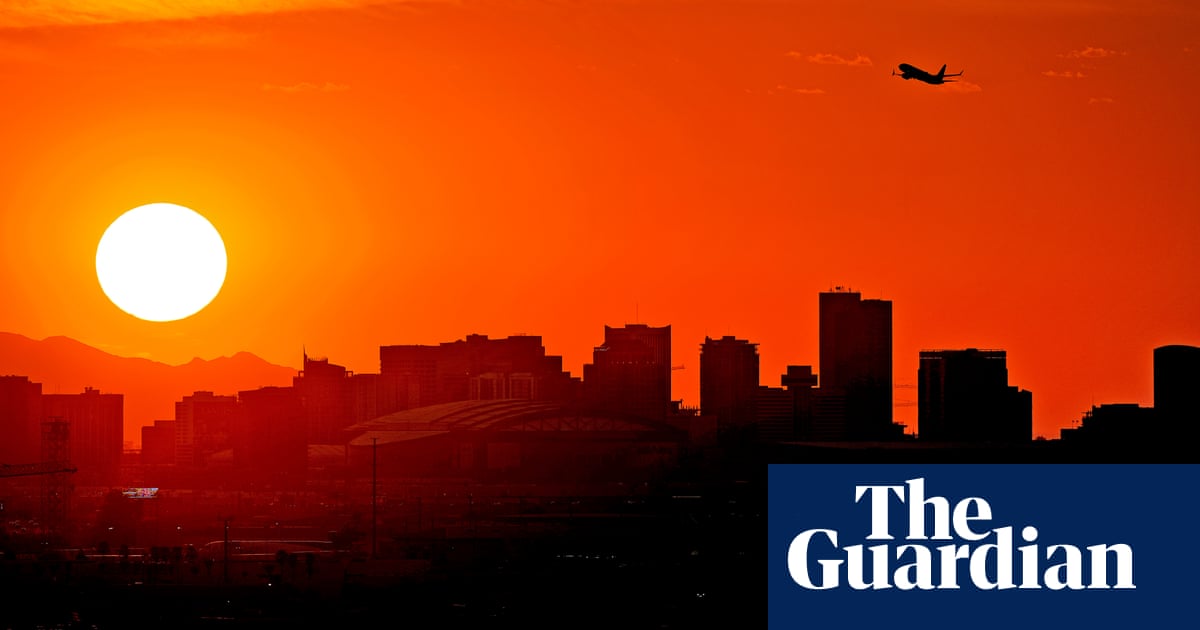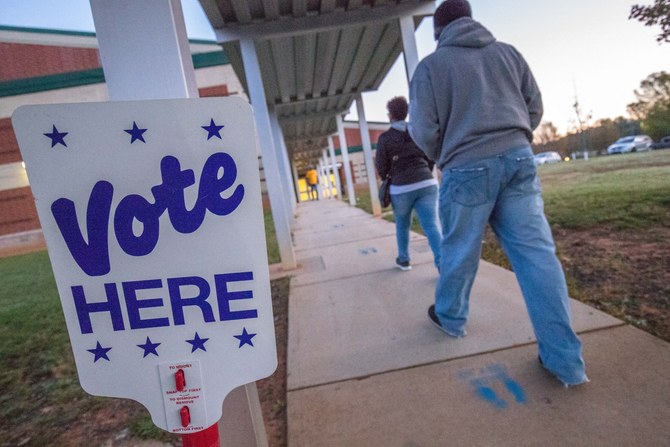
Almost every week this year, Jagan Chapagain has had to sign a letter of condolence to the families of aid workers killed in the line of duty while serving the world’s largest humanitarian network. A volunteer in Sudan, shot while collecting data; a paramedic gunned down while evacuating wounded civilians in the West Bank; and an ambulance driver in Ethiopia, who died of a bullet wound on his way to hospital, are among the 28 staff and volunteers the secretary general of the International Federation of Red Cross and Red Crescent Societies has commemorated since the year began.
By late August, 187 aid workers around the world, who play a vital role in delivering food, water and medical supplies during crises, had been killed, making 2024 likely to be the deadliest year ever for aid workers. Last year currently holds that title, when 280 lost their lives compared with 118 in 2022. The Israeli-Gaza war, where more than 280 aid workers have been killed since 7 October, as well as Sudan and South Sudan accounted for most of the deaths.
It is largely local aid workers, who usually do not have access to the same level of security, training and protection as international staff, who are the most likely victims.
Hebdavi Kyeya, regional director for east and central Africa at the relief agency Tearfund, says he often fears he will not return home.
“Local aid workers – those working in their native countries – are most at risk, but their stories go largely unreported in international media and their attackers are not held to account because those with the power to stop them are looking away,” he says. “We go out there knowing that we are putting our lives on the line. We prepare our families for the ‘what ifs’.”
Kyeya lost two colleagues in June when a Tearfund convoy was set on fire in the Democratic Republic of the Congo. Twelve team members managed to escape. In December, two Sudanese drivers for the International Committee of the Red Cross were shot and killed in that country when their convoy was attacked by gunmen, while the IFRC has lost 21 Palestinian team members in Gaza.
The reason the death toll is higher among local staff is because many aid agencies employ national staff, says Tomas Muzik, director of field programmes at the International NGO Safety Organisation. This is increasingly the case as the aid and development sectors push for projects to be led by those who understand the local environment and the needs of the community better than foreigners. As part of this trend, 98% of the International Rescue Committee’s staff are now local and the 16 million Red Cross and Red Crescent volunteers are from the communities they serve.
But Jeff Wright, humanitarian response director at World Vision, says there can be disparities in access to safety training and briefings for the two groups. For example, international staff are often evacuated when a situation gets “too hot” while local staffers typically do not have that option, he says. When the Taliban returned to power in Afghanistan in 2021, international aid workers had the option to leave, while local aid workers were left behind and specifically targeted by the group known for its regime of brutality.
“An aid worker’s life must not be worth less because they don’t hold a particular passport,” says Kyeya.
And it is not just killings, but kidnappings, harassment and injuries; 68 aid workers have been kidnapped in 2024 so far and 101 wounded.
There are also local aid groups, including those newly created in response to a crisis, that lack the resources of their international counterparts, says Christina Wille, director of Insecurity Insight, an NGO that collects data on attacks against aid workers. Yet they might be engaged by international organisations to get to hard-to-reach areas.
“In short, the bad practices are mainly structural in the sense that there is no good practice applied because there are no resources made available to some aid actors,” she says.
Despite having more resources to tap into, international NGOs don’t always get it right either.
In 2015, the aid worker Steve Dennis successfully sued his former employer, the Norwegian Refugee Council, for negligence after he was kidnapped and shot in Kenya amid what he saw as weak security measures.
Nathan Ackerman, head of Riley Risk, says many of the NGOs, including larger international ones, that approach his risk management consultancy don’t have a security focal point or organisation-wide plan. Some don’t have basic journey management plans that detail the travel itineraries, transport arrangements and accommodation for project visits, instead relying on the idea that NGOs won’t be targeted, which Ackerman believes is a big mistake in today’s context.
“We don’t just send some 22-year-old kid from Ohio to Nigeria and ask them to get a taxi from the airport,” he says, adding that too often that is exactly what happens. “It’s a bit of a learning curve for a lot of these new organisations, and still difficult to implement for the larger ones.”
Over the years, however, Muzik believes NGOs have improved their security operations, and have employed more safety managers to conduct risk assessments of a location, train staff on security protocols and produce safety briefs. As a result, his organisation’s data, he says, shows that the overall rate of NGO incidents, excluding the “sudden escalations” of violence such as those in Gaza and Sudan, has been stable since 2021.
Still, Wright at World Vision says: “You can do everything right and still have a critical security incident that results in staff death.”
Chapagain believes that is because there is a growing disrespect for international humanitarian law, which had historically protected aid workers during conflict.
Wille says: “There are so many incidents where there are security guarantees given by conflict parties yet horrific incidents still happen.” For example, in April, seven World Central Kitchen employees were killed in Gaza when their convoy was hit by an Israeli drone. This was despite the team coordinating their journey with Israeli officials.
In January, a Red Cross Ethiopian ambulance driver was killed in the Tigray region of the country, despite being in a clearly marked vehicle.
The emblem of the Red Cross, says Chapagain, used to have “powerful protective value”, but now there’s “clearly an erosion and disrespect of the established norms”.
In this increasingly deadly context, Ackerman believes aid agencies and donors need to be proactive in investing in protection measures. “We all know if we take care of our health, we won’t be sick as often. But when it comes to security management, we prefer to wait until something happens,” says Ackerman. “But that’s too late. You’ve got to train people. You’ve got to have a policy at the top that flows down to the country levels.”
Although Chapagain agrees, he also worries that taking further precautions could affect the delivery and reach of aid. The UN estimates that 362 million people, a record high, are in need of aid.
Restrictions in travelling to certain areas or engaging with such groups could prevent people from accessing the vital commodities they need to survive, Chapagain says. Imposing extra precautions on international staff shifts more responsibility on to local actors who are already exposed.
Wille suggests “a critical review of how best practice tends to be the privilege for the big and well-resourced aid agencies”, looking at how more resources and support can be made available to local frontline aid staff.
Tjada D’Oyen McKenna, head of humanitarian agency Mercy Corps, says it is also up to leaders in the aid sector to push governments to hold people to account when they violate international humanitarian laws. She says: “I have not seen that political will to address these issues head on”
Serious violations of international humanitarian laws are considered war crimes but are notoriously hard to prosecute at the national level. According to Law Action Worldwide, which provides free legal support to aid workers who have been attacked, the global response has focused “mainly on [UN] security council resolutions, condemnations, and expressions of outrage with virtually no accountability”.
“Frankly, the world’s simply not noticing it,” says Chapagain. “And when that happens, killing continues.”












